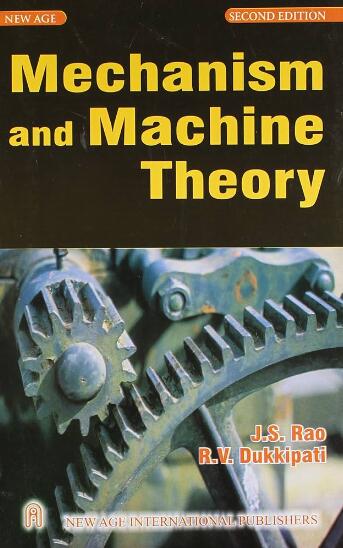Kinematics and kinetics of a knee assistance exoskeleton for sit-to-stand and stand-to-sit motions with energy storage and regeneration: A bond graph approach
IF 4.5
1区 工程技术
Q1 ENGINEERING, MECHANICAL
引用次数: 0
Abstract
A bond graph model for the kinematics and kinetics of a knee assistance exoskeleton for sit-to-stand (SiTSt) or stand-to-sit (StTSi) motions is presented. The exoskeleton is actuated by a wire rope connected to a lead screw and slider nut assembly driven by an electric motor. An energy storage spring (ESS) is used for energy storage and regeneration. The ESS and wire rope apply opposite forces on the slider nut resulting in switching of contact surfaces. The kinematics of the lead screw and slider nut assembly is discussed and a bond graph model for the same is developed considering switching of contact surfaces and friction. Kinetics equations are derived from the model and verified by free body diagram (FBD) analysis. The efficacy of the developed model is demonstrated through simulations, where the switching and effects of friction are captured elegantly. Further, mechanics of wrapping is discussed considering the friction between the wire rope and the pulley. Finally, the bond graph model of the proposed exoskeleton is developed. Simulations are carried out by varying the stiffness of ESS and friction coefficients. A reduction in the assistance motor torque, power and energy requirements due to ESS and wrapping is demonstrated.
具有能量储存和再生功能的从坐到站和从站到坐的膝关节辅助外骨骼的运动学和动力学:键合图方法
提出了一种膝关节辅助外骨骼的坐立(SiTSt)或站坐(StTSi)运动的运动学和动力学键合图模型。外骨骼由连接到由电动机驱动的丝杠和滑块螺母组件的钢丝绳驱动。储能弹簧(ESS)用于储能和再生。ESS和钢丝绳对滑块螺母施加相反的力,导致接触面的切换。讨论了丝杠和滑块螺母组合的运动学,建立了考虑接触面和摩擦切换的丝杠和滑块螺母组合的键合图模型。在此基础上推导了动力学方程,并通过自由体图(FBD)分析进行了验证。通过仿真证明了所开发模型的有效性,其中切换和摩擦的影响被优雅地捕获。在此基础上,考虑了钢丝绳与滑轮之间的摩擦力,讨论了钢丝绳缠绕的机理。最后,建立了该外骨骼的键图模型。通过改变ESS的刚度和摩擦系数进行了仿真。减少了辅助电机的扭矩,功率和能量要求,由于ESS和包裹被证明。
本文章由计算机程序翻译,如有差异,请以英文原文为准。
求助全文
约1分钟内获得全文
求助全文
来源期刊

Mechanism and Machine Theory
工程技术-工程:机械
CiteScore
9.90
自引率
23.10%
发文量
450
审稿时长
20 days
期刊介绍:
Mechanism and Machine Theory provides a medium of communication between engineers and scientists engaged in research and development within the fields of knowledge embraced by IFToMM, the International Federation for the Promotion of Mechanism and Machine Science, therefore affiliated with IFToMM as its official research journal.
The main topics are:
Design Theory and Methodology;
Haptics and Human-Machine-Interfaces;
Robotics, Mechatronics and Micro-Machines;
Mechanisms, Mechanical Transmissions and Machines;
Kinematics, Dynamics, and Control of Mechanical Systems;
Applications to Bioengineering and Molecular Chemistry
 求助内容:
求助内容: 应助结果提醒方式:
应助结果提醒方式:


